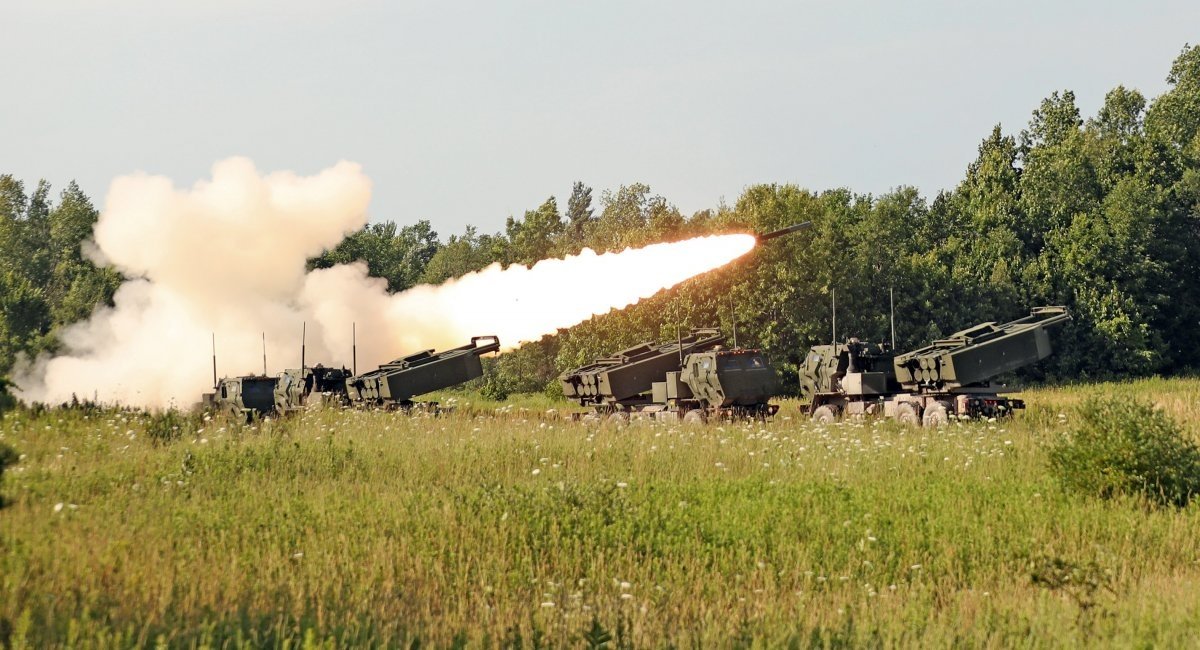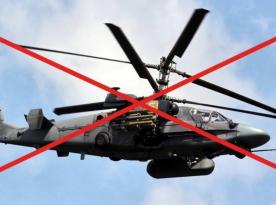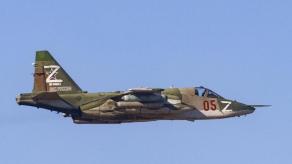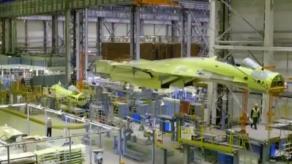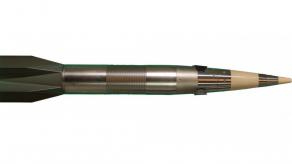The first thing that comes to mind when talking HIMARS systems being used in Ukraine is its prominent role in annihilating russian ammunition depots, next thing is how it disables key bridges to undermine the enemy logistics.
But in fact, these are not the intended job for HIMARS. Only the shortage of these systems in the hands of the Armed Forces of Ukraine prompts the latter to use the artillery system for tasks of this caliber of importance. Actually, HIMARS is originally a tool of a more modest role, in the U.S. Army it is a brigade-level weapon, so no wonder it has the nickname of "commander's personal shotgun" among the American military.
Read more: U.S. is Close to Providing Long-Range ATACMS Missiles to Ukraine
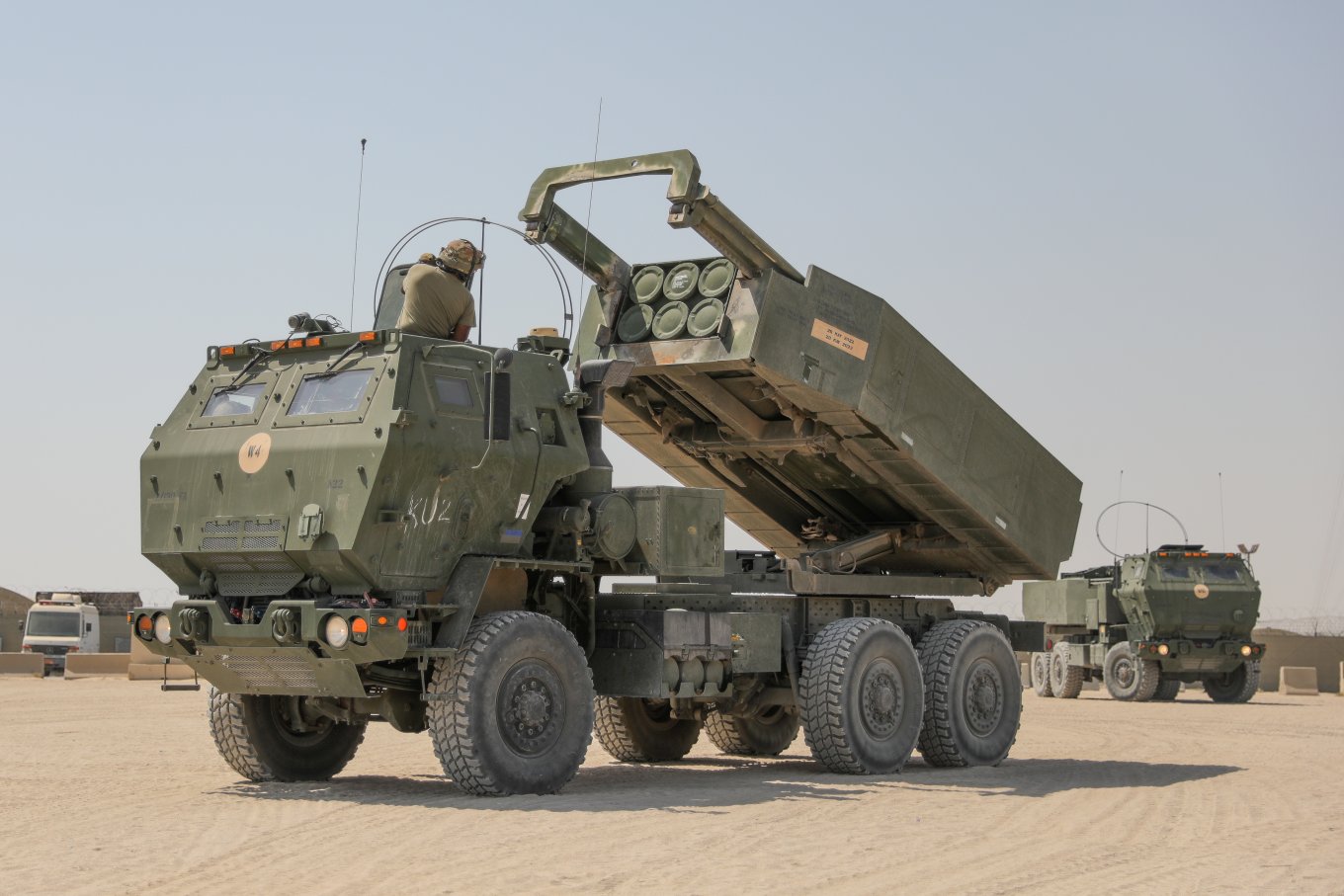
Ukrainian Armed Forces' General Staff showed what happens when a HIMARS starts working in the intended conditions and the intended role it was designed for, including counter-battery warfare.
The video below is a great illustration of how a high-precision artillery-and-reconnaissance system performs in action.
In the footage, a UAV operator finds the positions of four russian Msta-S self-propelled artillery systems, figures out the exact coordinates, and transmits them in online mode. The data is being caught up by a HIMARS battery that fires 4 missiles onto 4 targets. The outcome is all four russian howitzers eliminated.
And this is the key advantage of HIMARS because it can launch such strikes while staying and a distance of about 80 kilometers from the target, beyond their reach and the threat of artillery backfire. Plus the mobility possessed by HIMARS enables it to quickly change the firing position.
A reasonable question rises then: isn't it cheaper to just use an artillery shell, for example, a high-precision M982 Excalibur instead of a GMLRS missile? Here the figures will tell. A single M982A1 Excalibur costs $177,860 as follows from the recent contract with Spain. Whereas a GMLRS rocket costs $222,900, the Finnish contract testifies.
In other words, there is a difference indeed but not as critical, especially if we consider that the United States used GMLRS in Afghanistan for strikes on platoon-level encampments of Talibs. This effectiveness explains why HIMARS enjoys such popularity and high demand right now: Poland alone wants to buy 500 of these systems for an impressive USD 10 billion.
Read more: rUssians Wanted to Ride a Tank Over Anti-tank Mines in Ukraine and Lost Their Rare T-62M (Video)




